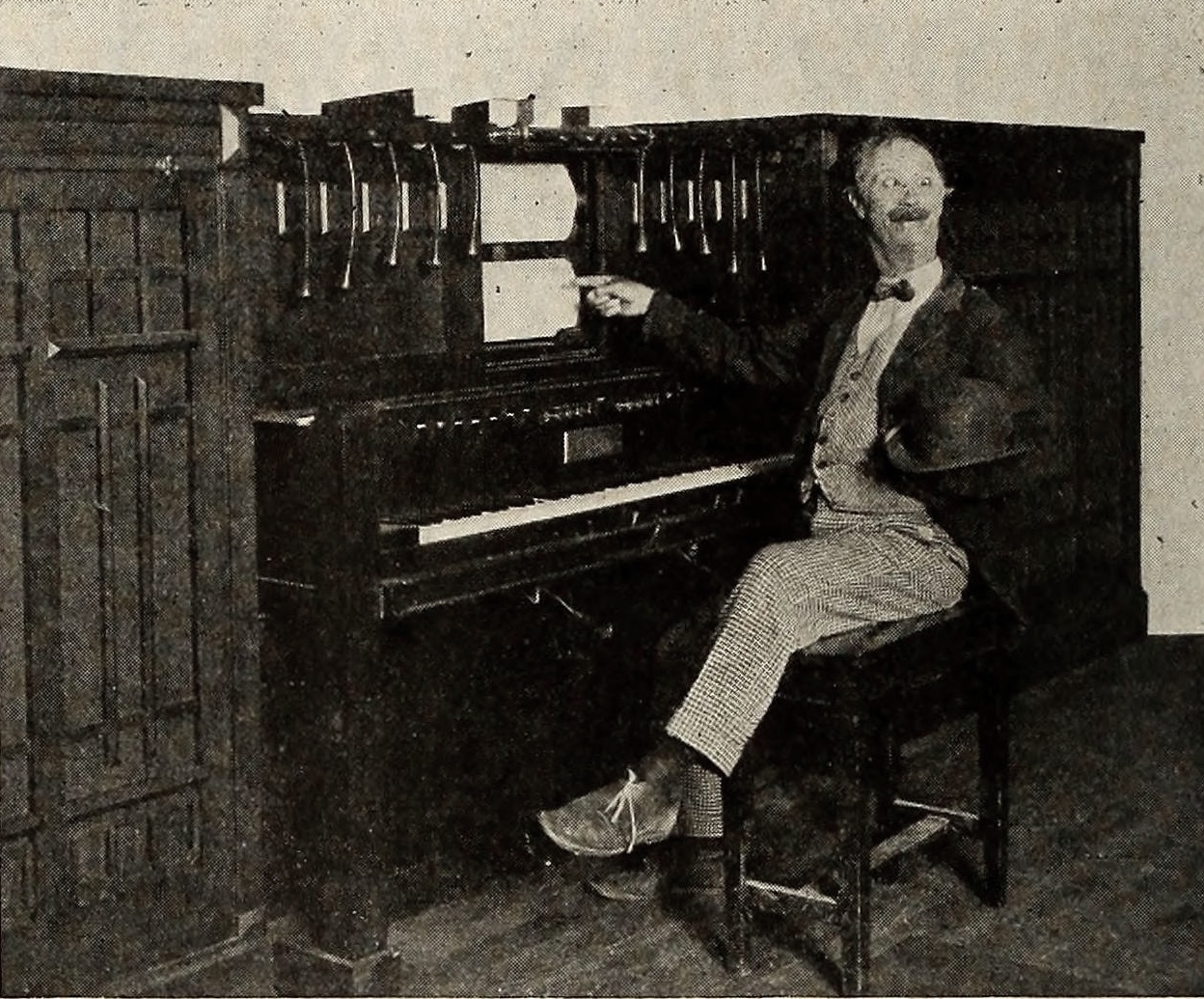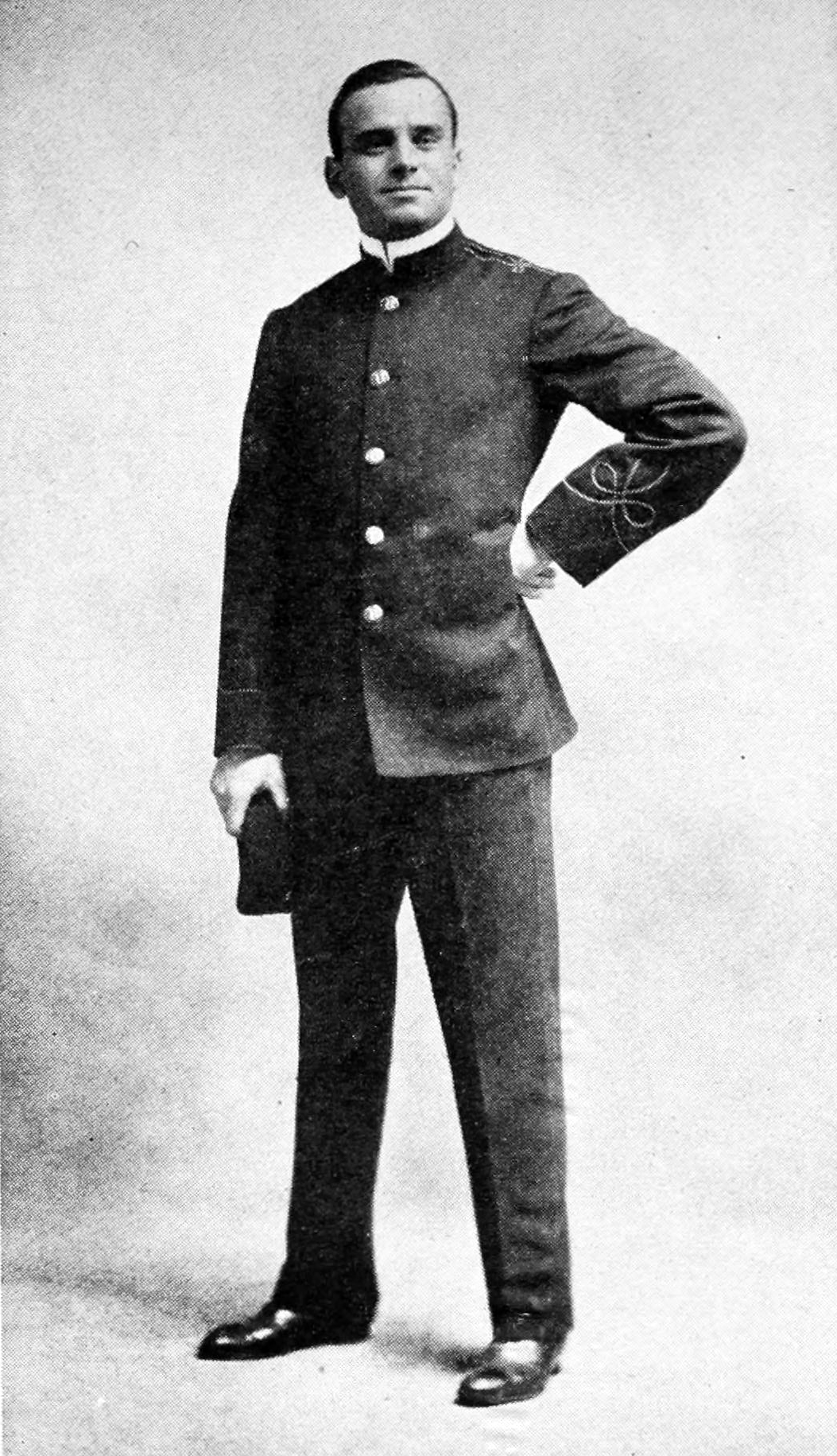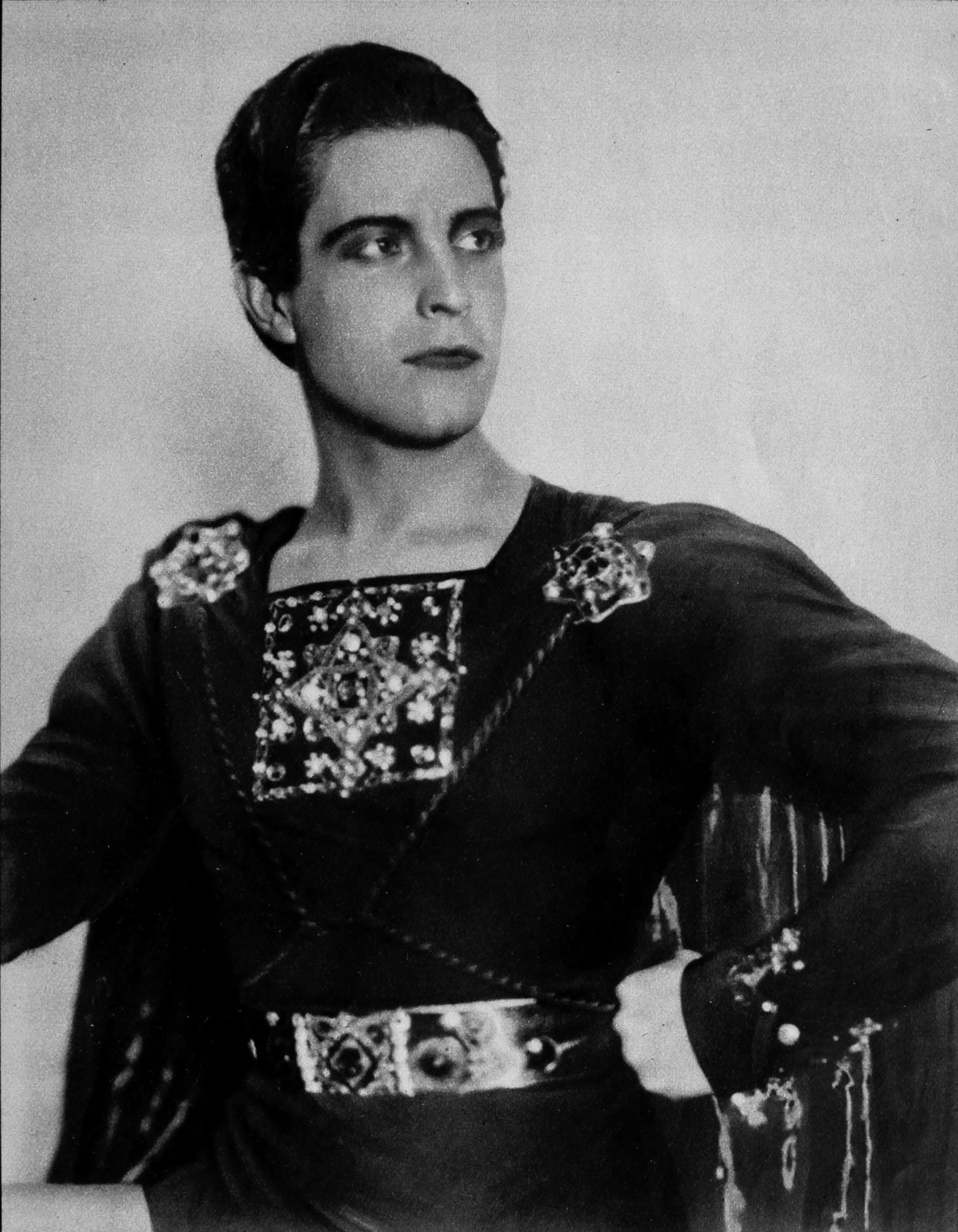|
Photoplay Music
Photoplay music is incidental music, soundtrack music, and themes written specifically for the accompaniment of silent films. Early years Early films (c. 1890-1910) merely relied on classical and popular repertory, mixed usually with improvisation by whatever accompanist was playing (usually a pianist). Around 1910, folios of photoplay music began being published by companies such as Sam Fox Music and Academic Music. These were only a minute or so long and could not sustain an entire feature, but were used to fill in scenes where music was not popularly written (such as "misteriosos" for scenes of mystery, etc.). One example of such a piece is ''Mysterioso Pizzicato'', which appeared in a 1914 photoplay music collection compiled by J. Bodewalt Lampe and whose main motif has endured as a cliche for stealth and villainy in a wide selection of music and films thereafter. A version of this theme is contrasted with a hero's theme ().Braun, Wilbur (1989). ''Foiled Again: Two Musical ... [...More Info...] [...Related Items...] OR: [Wikipedia] [Google] [Baidu] |
Incidental Music
Incidental music is music in a play, television program, radio program, video game, or some other presentation form that is not primarily musical. The term is less frequently applied to film music, with such music being referred to instead as the film score or soundtrack. Incidental music is often background music, and is intended to add atmosphere to the action. It may take the form of something as simple as a low, ominous tone suggesting an impending startling event or to enhance the depiction of a story-advancing sequence. It may also include pieces such as overtures, music played during scene changes, or at the end of an act, immediately preceding an interlude, as was customary with several nineteenth-century plays. It may also be required in plays that have musicians performing on-stage. History The use of incidental music dates back at least as far as Greek drama. A number of classical composers have written incidental music for various plays, with the more fam ... [...More Info...] [...Related Items...] OR: [Wikipedia] [Google] [Baidu] |
Theatre Organ
A theatre organ (also known as a theater organ, or, especially in the United Kingdom, a cinema organ) is a type of pipe organ developed to accompany silent films, from the 1900s to the 1920s. Theatre organs have horseshoe-shaped arrangements of stop tabs (tongue-shaped switches) above and around the instrument's keyboards on their consoles. Theatre organ consoles were typically decorated with brightly colored stop tabs, with built-in console lighting. Organs in the UK had a common feature: large translucent surrounds extending from both sides of the console, with internal colored lighting. Theatre organs began to be installed in other venues, such as civic auditoriums, sports arenas, private residences, and churches. One of the largest theatre organs ever built was the 6 manual 52 rank Barton installed in the Chicago Stadium. There were over 7,000 such organs installed in America and elsewhere from 1915 to 1933, but fewer than 40 instruments remain in their original venues. Th ... [...More Info...] [...Related Items...] OR: [Wikipedia] [Google] [Baidu] |
Photoplayer
The photoplayer is an automatic mechanical orchestra used by movie theatres to produce photoplay music to accompany silent films. Operation The central instruments in a photo player were a piano and percussion; some machines also added pipe organs and methods for manually creating sound effects. Like a player piano, the photo player played music automatically by reading piano rolls (rolls of paper with perforations), but the photo player could hold two rolls: one that would play while the other was prepared. Common sound effects included gunshots, bells and drums, which were generated by pulling chains called "cow-tails". Some photo players feature electric sound effects, such as sirens, automobile horns, and other oddities. A photo player operator had to load the paper rolls, start the machine and add the manual sound effects and percussion using the cow-tails. History Approximately 8,000 to 10,000 photoplayers were produced during the boom era of silent films, between 1910 ... [...More Info...] [...Related Items...] OR: [Wikipedia] [Google] [Baidu] |
The Thief Of Bagdad (1924 Film)
''The Thief of Bagdad'' is a 1924 American silent swashbuckler film directed by Raoul Walsh and starring Douglas Fairbanks, and written by Achmed Abdullah and Lotta Woods. Freely adapted from ''One Thousand and One Nights'', it tells the story of a thief who falls in love with the daughter of the Caliph of Baghdad. In 1996, the film was selected for preservation in the United States National Film Registry by the Library of Congress as being "culturally, historically, or aesthetically significant". Fairbanks considered this to be the favorite of his films, according to his son. The imaginative gymnastics suited the athletic star, whose "catlike, seemingly effortless" movements were as much dance as gymnastics. Along with his earlier ''Robin Hood'' (1922), the film marked Fairbanks's transformation from genial comedy to a career in "swashbuckling" roles. The film, strong on special effects of the period ( flying carpet, magic rope and fearsome monsters) and featuring massive Ara ... [...More Info...] [...Related Items...] OR: [Wikipedia] [Google] [Baidu] |
Douglas Fairbanks
Douglas Elton Fairbanks Sr. (born Douglas Elton Thomas Ullman; May 23, 1883 – December 12, 1939) was an American actor, screenwriter, director, and producer. He was best known for his swashbuckling roles in silent films including '' The Thief of Bagdad'', ''Robin Hood'', and '' The Mark of Zorro'', but spent the early part of his career making comedies. Fairbanks was a founding member of United Artists. He was also a founding member of The Motion Picture Academy and hosted the 1st Academy Awards in 1929. With his marriage to actress and film producer Mary Pickford in 1920, the couple became 'Hollywood royalty', and Fairbanks was referred to as "The King of Hollywood", a nickname later passed on to actor Clark Gable. Though he was considered one of the biggest stars in Hollywood during the 1910s and 1920s, Fairbanks's career rapidly declined with the advent of the "talkies". His final film was '' The Private Life of Don Juan'' (1934). Early life Fairbanks was born Doug ... [...More Info...] [...Related Items...] OR: [Wikipedia] [Google] [Baidu] |
Mortimer Wilson
Mortimer Wilson (August 6, 1876 – January 27, 1932) was an American composer of classical music. He also scored several musical and dramatic films in the 1920s. Wilson was born in Chariton, Iowa in Lucas County, a rural area in the south-central portion of the state. He studied organ, violin and composition with Frederick Grant Gleason at the Chicago Music College. He then studied in Leipzig, Germany with Max Reger. Upon return to the USA in 1911 he taught composition at the Atlanta Conservatory and conducted the Atlanta Philharmonic Orchestra. In 1916, he moved to Brenau College in Gainesville, Georgia. In 1918, Wilson took a job as consulting editor for the National Academy of Music in New York City, where he remained until his death at the age of 55. As a composer, Mortimer's style was similar to his contemporaries Henry Kimball Hadley and Frederick Shepherd Converse. Today his works are mostly in manuscript. They include five symphonies and a great deal of chamber mus ... [...More Info...] [...Related Items...] OR: [Wikipedia] [Google] [Baidu] |
Metropolis (1927 Film)
''Metropolis'' is a 1927 German Expressionism, German expressionist Science fiction film, science-fiction Drama (film and television), drama film directed by Fritz Lang and written by Thea von Harbou in collaboration with Lang from von Harbou's Metropolis (novel), 1925 novel of the same name. Intentionally written as a film treatment, treatment, it stars Gustav Fröhlich, Alfred Abel, Rudolf Klein-Rogge, and Brigitte Helm. Erich Pommer produced it in the Babelsberg Studios for UFA GmbH, Universum Film A.G. (UFA). The silent film is regarded as a pioneering science-fiction movie, being among the first feature-length movies of that genre. Filming took place over 17 months in 1925–26 at a cost of more than five million Reichsmarks, or the equivalent of about € million. Made in Germany during the Weimar Republic, Weimar period, ''Metropolis'' is set in a futuristic urban dystopia and follows the attempts of Freder, the wealthy son of the city master, and Maria, a saintly figure ... [...More Info...] [...Related Items...] OR: [Wikipedia] [Google] [Baidu] |
Gottfried Huppertz
Gottfried Huppertz (11 March 1887 – 7 February 1937) was a German composer who is perhaps most known for his scores to German expressionist silent films such as the science fiction epic ''Metropolis'' (1927). He collaborated with director Fritz Lang on multiple occasions. Life Huppertz studied at the Conservatory of Music in Cologne and worked during World War I in Coburg, where he debuted in 1910 as a singer and actor. In 1920 he went to Berlin as an opera singer at the Nollendorfplatz theatre. His first composition, ''"Rankende Rosen"'', was dedicated to the actor Rudolf Klein-Rogge, who introduced him in the early 1920s to director Fritz Lang and to Thea von Harbou (who later married Lang, but was at the time still married to Klein-Rogge). In the film, ''Dr. Mabuse, der Spieler'' (1922), Huppertz worked as an extra in the role of a hotel manager. Huppertz composed his first film score for Lang's film ''Die Nibelungen'' (1924). While working on his 1925 score for the film ' ... [...More Info...] [...Related Items...] OR: [Wikipedia] [Google] [Baidu] |
The Big Parade
''The Big Parade'' is a 1925 American silent war drama film directed by King Vidor, starring John Gilbert, Renée Adorée, Hobart Bosworth, Tom O'Brien, and Karl Dane. Written by World War I veteran, Laurence Stallings, the film is about an idle rich boy who joins the US Army's Rainbow Division and is sent to France to fight in World War I, becomes a friend of two working class men, experiences the horrors of trench warfare, and finds love with a French girl. The film has been praised for its realistic depiction of warfare, and it heavily influenced a great many subsequent war films, especially '' All Quiet on the Western Front'' (1930). ''The Big Parade'' is regarded as one of the greatest films made about World War I, and in 1992 it was selected for preservation in the United States National Film Registry by the Library of Congress. Plot In the United States in 1917, James "Jim" Apperson's ( John Gilbert) idleness (in contrast to his hardworking brother) incurs the ... [...More Info...] [...Related Items...] OR: [Wikipedia] [Google] [Baidu] |
Ben-Hur (1925 Film)
''Ben-Hur: A Tale of the Christ'' is a 1925 American silent epic adventure-drama film directed by Fred Niblo and written by June Mathis based on the 1880 novel '' Ben-Hur: A Tale of the Christ'' by General Lew Wallace. Starring Ramon Novarro as the title character, the film is the first feature-length adaptation of the novel and second overall, following the 1907 short. In 1997, ''Ben-Hur'' was selected for preservation in the United States National Film Registry by the Library of Congress as being "culturally, historically, or aesthetically significant." Plot Ben-Hur is a wealthy young Jewish prince and boyhood friend of the powerful Roman tribune, Messala. When an accident and a false accusation leads to Ben-Hur's arrest, Messala, who has become corrupt and arrogant, makes sure Ben-Hur and his family are jailed and separated. Ben-Hur is sentenced to slave labor in a Roman war galley. Along the way, he unknowingly encounters Jesus, the carpenter's son who offers him water ... [...More Info...] [...Related Items...] OR: [Wikipedia] [Google] [Baidu] |
William Axt
William Axt (April 19, 1888 – February 13, 1959) was an American composer of nearly two hundred film scores. Life and career Born in New York City, Axt graduated from DeWitt Clinton High School in The Bronx and studied at the National Conservatory of Music of America. He earned a Doctor of Musical Arts degree from the University of Chicago in 1922. He studied in Berlin under Xaver Scharwenka. Axt made his American debut as a conductor on December 28, 1910. He served as an assistant conductor for the Hammerstein Grand Opera Company and was a musical director for the Capitol Theatre in Manhattan before joining the music department at Metro-Goldwyn-Mayer in 1929. Axt retired from the film industry to raise cattle and breed horses in Laytonville, California. He died in Ukiah, California, and had at least one son (Edward). Selected filmography * '' Theodora'' (1921; with Erno Rapee) * ''The Prisoner of Zenda'' (1922) * ''Greed'' (1924) * ''The Big Parade'' (1925; with David Me ... [...More Info...] [...Related Items...] OR: [Wikipedia] [Google] [Baidu] |
.png)


